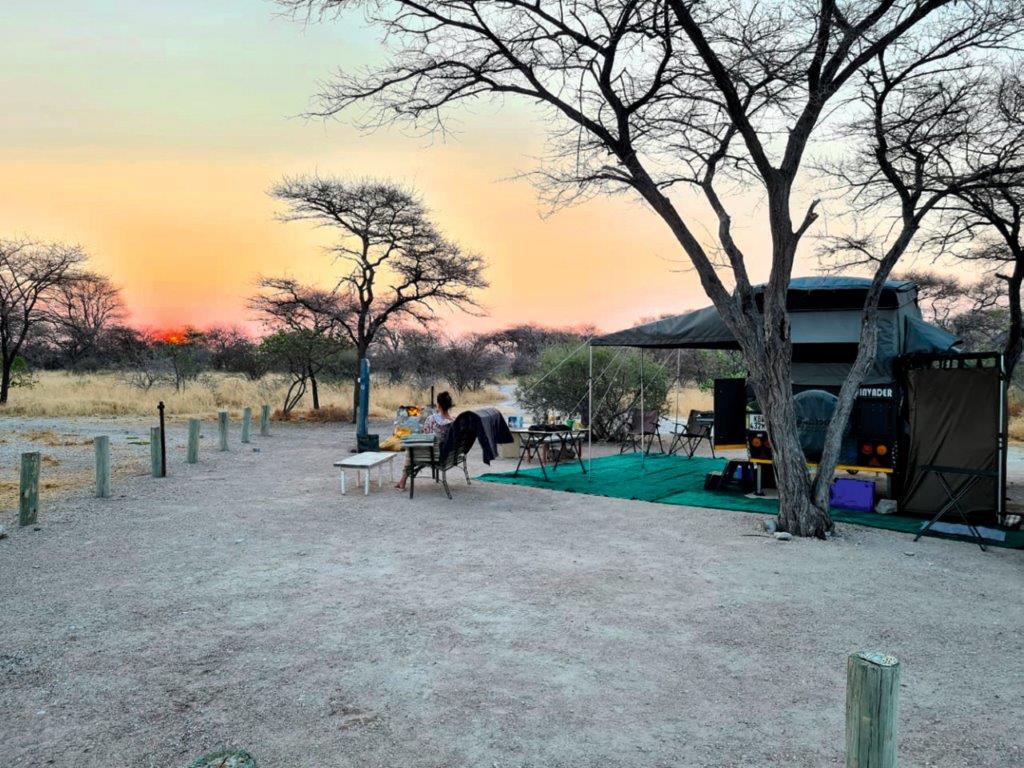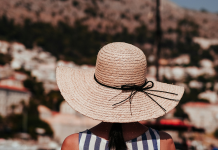We speak to local veteran adventurers Henri and Linda Pieters who give us a few of their favourite travel tips when setting out on a journey.
Our number-one tip is good planning!
• Do your bookings well in advance after you have decided on the route and destination.
• Carefully consider travel distances between destinations and avoid travelling too far on one day.
• Plan to stay over at least two days at the various places to enjoy the pleasure of camping and scenery at each stop.
• Invest in Tracks4Africa (or put it on your wish list).
• Passports, permits, travel insurance, signage on vehicles (note that they differ for various countries) must all be finalised.
Motor vehicle and caravan/ trailer
• Ensure your motor vehicle and caravan/trailer are properly serviced before the trip – remember you are going to travel a few thousand kilometres, possibly through very rough areas. The right tyres for the trip are imperative!
• A good recovery kit is always very handy for flat tyres, sandy roads (air filters, oil, anti-freeze, etc).
• Pack your solar panels if you are planning to be off-grid for a while.

Packing and preparing
• Start packing at least two days before you leave and make sure the caravan/trailer’s fridge/freezer, batteries, lights, etc are working properly and charged.
• A full tank of fuel – you do not want to run out, so fill extra jerry cans.
• A full water tank. Take every opportunity to top up along the way.
• Prepare food in advance and freeze it in the camp freezer – we make pumpkin pies, roasted vegetable tarts and bake bread in tinfoil containers, etc. Meat is also packed per meal. The secret is food that can be prepared quickly.
• Salads like potato or pasta also go a long way.
• Most importantly is your ice for drinks – make sure that you also freeze it before packing (water sachets got us out of trouble numerous times).
• Drinks and beers should be packed properly to avoid spillage and must always be easily accessible.
Tips when packing clothes
• Those who plan to go camping in Namibia, Botswana or Zimbabwe need to pack light yet smartly. Make sure to have a good selection of comfortable and versatile clothes.
• A light yet warm jacket – in Namibia the day temperatures are hot, but the nights can be freezing cold.
• A hat, sunscreen and good pair of sunglasses are a must.
• A pair of walking shoes and a pair of sandals – or even better, a pair flip flops – to get in the shower and to wear around the camp.
At the campsite/destination
• Choose your campsite wisely.
• Opt for a great view or close to the water, or one with a good sunset or sunrise view. These are usually away from other campsites and offer a bit more privacy.
• Sites farther away from the bathrooms are the better option to avoid unnecessary noise or lights. If your campground is equipped with washrooms, you will want to pick a site
that is a good distance away, especially if you go to bed early or are a light sleeper.
• When camping in the Summer, look for a site that has some shade and is close to trees, you’ll thank us when the morning sun hits and makes your tent an oven.

Driving/travelling
• Always remember: you are on holiday and there is no rush.
• Be flexible – if you enjoy a camping site, stay longer (you can always make up for lost time later).
• It is always better to travel in the mornings and arrive at your next destination long before sunset to ensure you find the best available camping site and are settled before dark.






